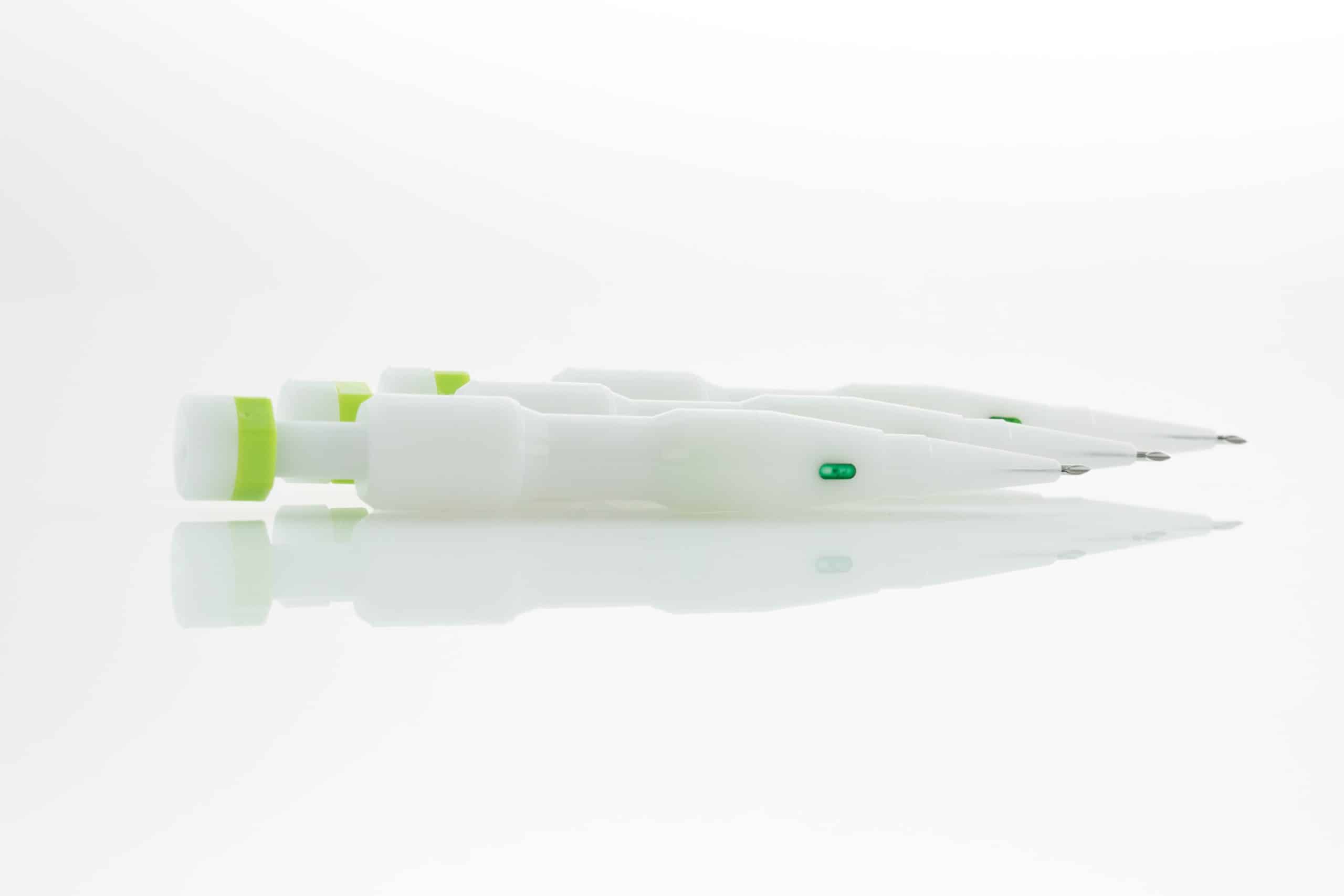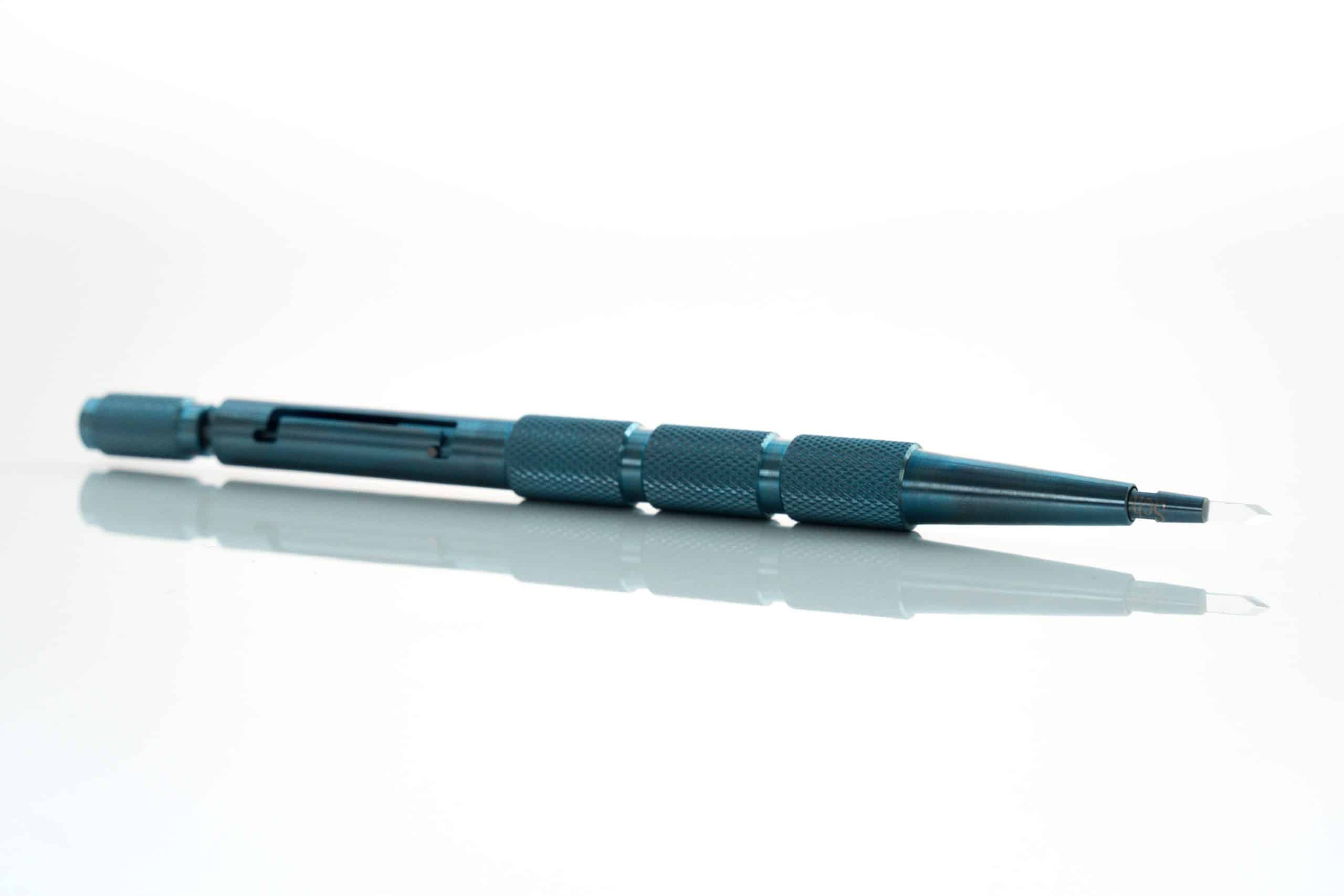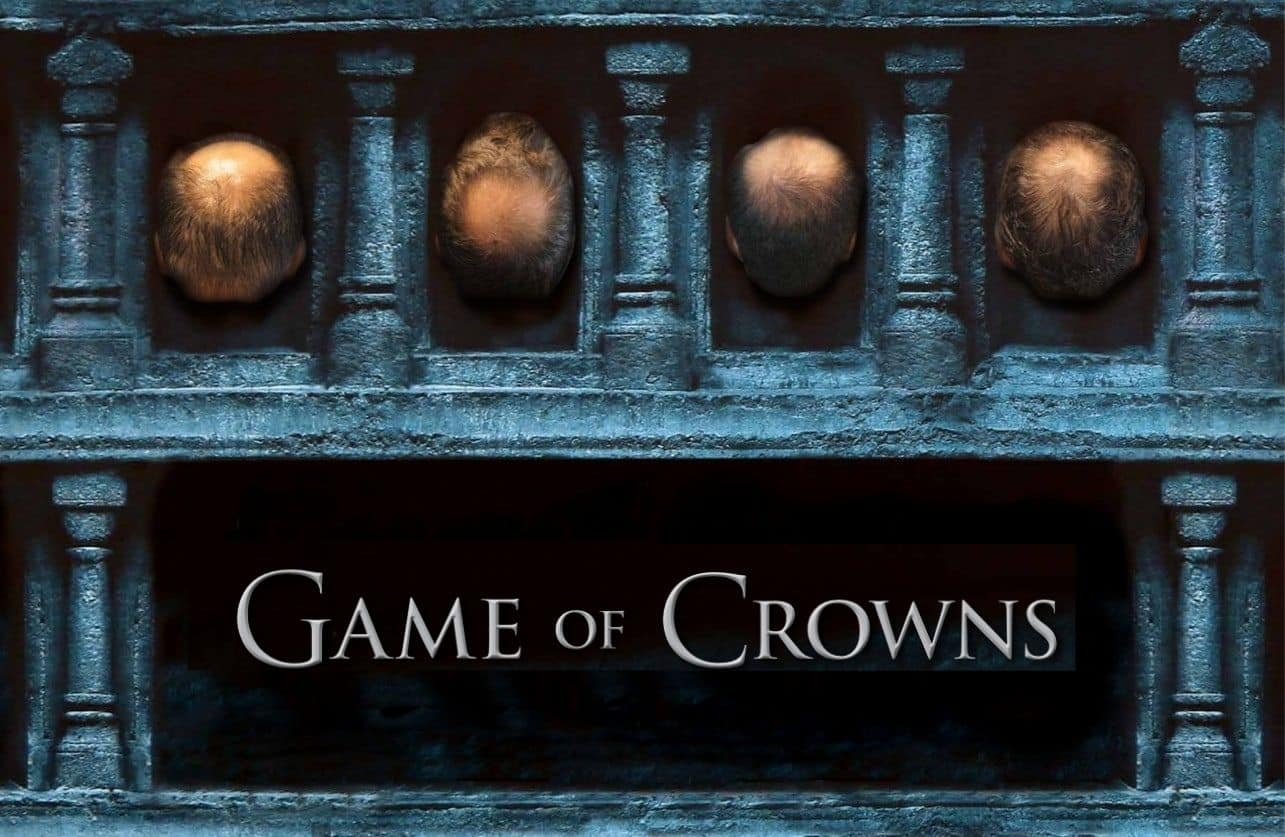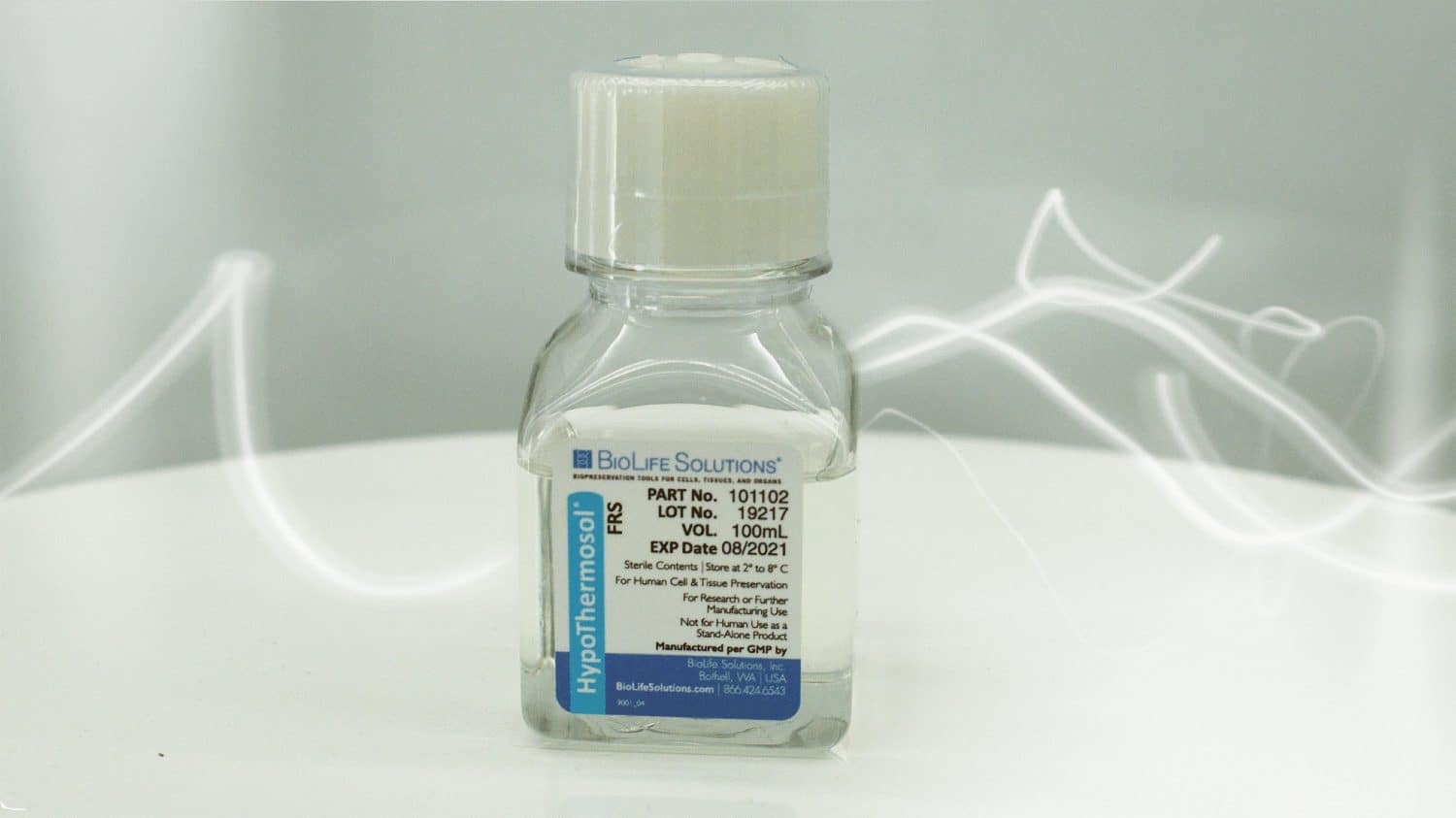How “New” Hair Transplant Techniques Are Marketed to Attract Patients
We often hear about “new” hair transplant techniques being introduced. Undoubtedly, hair transplantation is a cosmetic procedure that has undergone tremendous evolution and progress over the years. We’ve come a long way from the era of punch grafts and synthetic hair implants to the modern age of follicular unit transplantation and increasingly refined, smaller-diameter tools—both for follicle extraction and recipient site creation. These advancements allow, in the right hands, the creation of results that are not only denser but, most importantly, natural-looking.
At the same time, the growing interest among men in improving their appearance has led to a surge in demand for hair restoration procedures—particularly those marketed as using “new” techniques. One of the most prominent among them is the so-called “new” FUE technique (not to be confused with the “old” version that some unfairly label as outdated…).
As with any service that experiences a rise in demand, some hair transplant clinics—especially those that exclusively perform FUE—resort to various marketing strategies to attract patients. These may include the promotion of so-called “revolutionary” techniques, “state-of-the-art” tools, and even, unfortunately, misleading or unsubstantiated claims.
This kind of marketing isn’t new. A similar situation once unfolded… with milk!
Milk used to have a strong odor—so they homogenized it.
It spoiled quickly—so they extended its shelf life.
Too much fat? They removed the fat.
Lactose intolerance? They made it lactose-free.
In short, every possible resistance point was removed—so the consumer had no reason not to buy it.
“New” Hair Transplant Techniques: Marketing vs. Reality
The same marketing tactics have been applied to the FUE hair transplant technique! In many cases, clinics that only offer FUE go to great lengths to present it as the most “advanced” or “optimal” option—making it appear as the clear choice for anyone considering a hair transplant. In reality, however, this is not always the case.
For years, one of the most persuasive arguments some clinics have used to win over patients was the so-called written guarantee of permanent results. It sounded incredibly reassuring—almost too good to be true. Patients were led to believe: “They must be so confident in their work that they’re willing to guarantee it in writing!”
And while that may seem impressive at first glance, it’s actually misleading. Why? Because that guarantee doesn’t come from the doctor or the clinic—but from nature itself.
The follicular units that are extracted from the Safe Donor Zone (SDZ) are naturally hormone-resistant. This means they are not affected by the androgens responsible for hair miniaturization (which caused the hair loss in the first place), and this resistance remains intact even after the grafts are transplanted to thinning or bald areas.
This crucial characteristic of donor follicles is genetically predetermined, and it remains consistent for life. Therefore, the so-called “guarantee” isn’t a unique promise by the clinic—but a biological fact known and accepted in the medical community.

Unshaven FUE – One of Modern Marketing’s “Miracles”
Traditionally, the FUE (Follicular Unit Extraction) technique requires shaving the entire donor area. This is essential in order to extract grafts at safe distances from each other, so that the small extraction scars remain discreet and are not visible through the surrounding hair. However, many patients feel discouraged by the idea of having to appear with a fully shaved head.
Enter marketing—with a solution that seems almost too convenient:
Unshaven FUE.
To make the procedure more appealing, especially to those who want to avoid noticeable aesthetic changes, clinics started offering this “minimally invasive” version of FUE. In unshaven FUE, only thin strips of hair are trimmed in the donor area, and all follicular units are harvested exclusively from these small shaved sections. The surrounding uncut hair covers the trimmed strips, giving the illusion that no shaving took place at all.
But here’s the reality:
When all the required grafts are taken from just a few small areas, those donor zones become significantly overharvested. As a result, they appear visibly thinner compared to the untouched, denser surrounding hair. The final appearance? A patchy, uneven donor area that resembles a “flag” pattern: thick–thin–thick–thin.
Ironically, in order to conceal this patchiness, patients must grow their hair longer than ever before. In contrast, with traditional FUT (strip) procedures, a scar can be concealed with just 0.5 to 1 cm of hair. Similarly, even conventional FUE allows for short hairstyles, with just half a centimeter of length. But with unshaven FUE, you’ll need at least 4 cm of hair length to hide the visible thinning.
So much for the promise: “Choose FUE so you can wear your hair as short as you want.”
In truth, unshaven FUE is only appropriate in very specific cases, such as when 100 to 200 grafts are needed for areas like the eyebrows, beard, or mustache. For anything beyond that, it is simply not a recommended technique.
“New” Hair Transplant Techniques: The Sapphire FUE
The Sapphire FUE technique has gained significant popularity in clinics abroad. However, contrary to how it is often marketed, Sapphire FUE is not a new hair transplant technique per se, but rather a variation in the type of instrument used during the standard FUE procedure.
In Sapphire FUE, the recipient site incisions are not made with traditional steel surgical tools (such as a micro-needle or micro-blade with a diameter of 0.8–1.1 mm), but instead with a blade tipped with sapphire crystal—still within the same diameter range of 0.8–1.1 mm. The claim is that these sapphire blades minimize tissue trauma, accelerate healing, and contribute to denser and more natural-looking results.
In reality, however, this is simply not the case.
From a technical standpoint, the size and function of the instruments are virtually identical. More importantly, the success of a hair transplant does not depend on the tool used, but on the skill, expertise, and aesthetic judgment of the surgeon performing the procedure.
To suggest that a superior hair transplant outcome is due to the blade material is misleading. It’s akin to saying a painting will be a masterpiece simply because the paintbrush is high-tech. That notion would rightly make anyone laugh—yet this is exactly the kind of narrative being sold by some clinics.
At the end of the day, tools are just that: tools. The artistry lies in the hands of the expert using them.Bio FUE
Another creative concept promoted by certain international clinics is the so-called Bio FUE hair transplant technique. According to marketing claims, Bio FUE is presented as an enhanced and more advanced version of the traditional FUE technique, promising better healing and more natural hair growth.
But what exactly differentiates Bio FUE from standard FUE?
The only real difference is the application of PRP (Platelet-Rich Plasma) to the recipient area. This addition is said to support faster healing and improved graft growth—supposedly resulting in hair that appears thicker, healthier, and more voluminous. Moreover, it is claimed to stimulate the existing hair in the treated area and help the transplanted follicles blend more naturally.
However, these claims are scientifically unfounded.
Research has shown that the very act of creating recipient sites during the procedure already stimulates a substantial release of the same growth factors that PRP contains. In fact, this process can “saturate” the cell receptors to the point that additional PRP provides no measurable benefit—effectively making it redundant.
In other words, Bio FUE is not a different or improved technique, but rather a marketing term designed to repackage the standard FUE procedure with a minor, non-essential addition.
So-Called “New” Hair Transplant Techniques: DIRECT FUE
Another widely promoted technique among the so-called “new” methods in hair transplantation is DIRECT FUE. According to its proponents, this method involves the simultaneous creation of recipient sites and implantation of grafts. In other words, each follicular unit extracted from the donor area is immediately loaded into a pen-like tool (an implanter) and then directly implanted into the recipient area—without any prior creation of recipient sites.
This tool is said to automatically create a small incision and place the graft in a single motion. The claimed advantage of this approach is that it minimizes the time grafts spend outside the body, theoretically improving their survival rate.
While this may sound compelling in theory, in practice, virtually no clinics implement the technique as described. There are several reasons for this:
- Grafts typically require preparation after extraction to refine them and reduce bulk, which cannot be done in a real-time, graft-by-graft process.
- The direct implantation method is significantly slower and more technically demanding than traditional implantation methods.
- For the same number of grafts, the procedure would take twice as long to complete.
FUE Implanters
The widely advertised FUE implanters do offer certain advantages as tools: they reduce the risk of mechanical damage (crushing) to the follicular units, which can often occur due to clumsy use of forceps—the most common instrument for graft placement. However, such clumsiness is typically a characteristic of inexperienced technicians or doctors. In the hands of a skilled and careful team, implanters provide no real benefit.
Here’s the paradox: while implanters can assist less experienced doctors or technicians, they may also cause harm. Compression of the follicular unit around its edges can occur during the simultaneous creation of the recipient site and graft insertion, resulting in part of the graft entering the site while the bulb remains outside. This leads to inevitable graft damage. Only an experienced surgeon can immediately detect and correct this issue.
Another risk, particularly with large multi-hair grafts, is the severing of the bulb from the follicle. This happens if the graft is improperly loaded into the implanter, and as it’s inserted into the recipient site, the sharp tip of the tool can cut the bulb, destroying the graft.
There’s no denying that all these “new” devices appear impressive and promising better outcomes. But are they truly as magical as they sound? Ultimately, who should you trust? A new tool in the hands of an inexperienced operator—or the knowledge and expertise of a specialized hair transplant surgeon?
Anyone can pick up a paintbrush and start painting, but only a true artist can create masterpieces with them. To do so, they need a variety of colors, brushes, canvases, and so forth. The same applies to a hair transplant surgeon: to deliver fully natural and dense results, they must master all scientifically validated techniques—both classic and modern—and not be confined to just one method, as such rigidity often reflects a lack of expertise.

What truly matters is the surgeon. Depending on the individual patient, the surgeon must be able to make the best decisions regarding the number of follicular units needed, the safest technique to achieve this, the design of the recipient area, and the strategic placement of the grafts to ensure the most natural and dense result possible. The specific tools used to accomplish this are highly specialized choices made by the surgeon on a case-by-case basis, taking into account the unique characteristics of each patient, with the ultimate goal of delivering a flawless, natural outcome.
On the other hand, consider this: how many surgeons actually advertise the surgical instruments they use? If you were undergoing an operation, for example an appendectomy, would your surgeon focus on promoting the new scalpel with a “smooth surface and antibacterial properties” that will be used to make the incision? Or would they instead ensure that their knowledge and reputation alone are enough for you to trust them?
Any tool in the hands of an inexperienced operator cannot guarantee a perfect result. Such tools may impress initially but can even become dangerous in the worst cases. A surgeon specialized in hair transplantation who stays updated with the latest advancements knows exactly how to provide each patient with a fully natural and dense result. However, they don’t need to advertise the tools they use or “new” hair transplant techniques to prove their skill. What they emphasize instead is their credentials, experience, and, most importantly, the hundreds or even thousands of satisfied patients who have entrusted them
Learn more about how to choose the right hair transplant surgeon and what questions you should be asking them!











